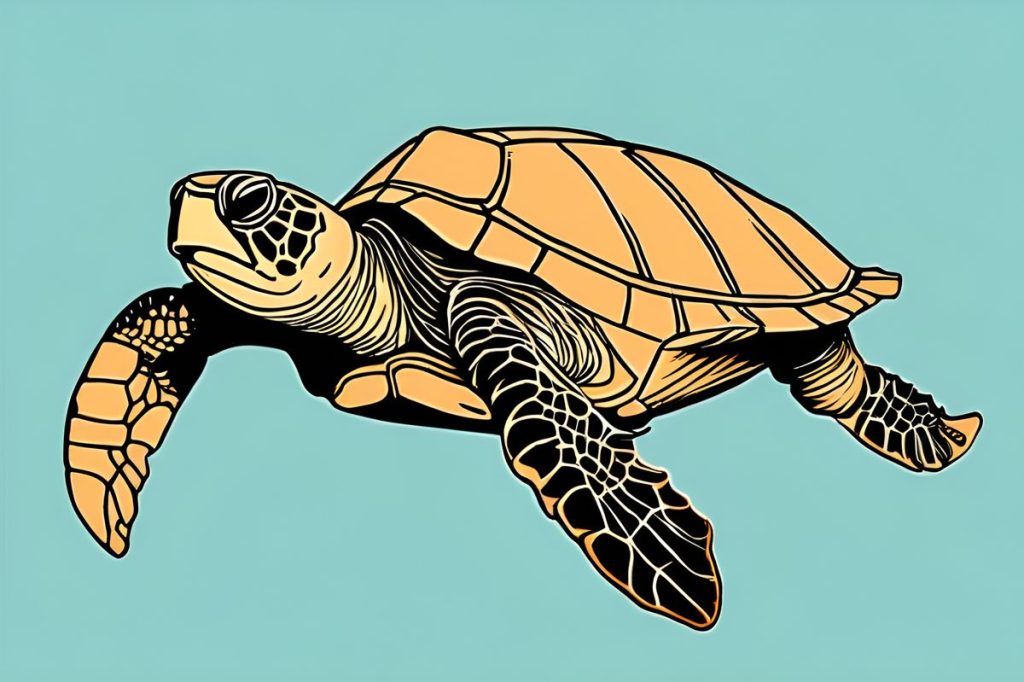The distressing discovery of microplastics in over 40% of loggerhead turtles in the Mediterranean highlights the grave health risks posed by plastic pollution. The study, led by Dr. Emily Duncan, found 492 pieces of plastic in the turtles’ stomachs, emphasizing the urgent need for action to protect marine life from the harmful effects of plastic waste.
What are the effects of microplastics on loggerhead turtles?
Microplastics have been found in over 40% of loggerhead turtles in the Mediterranean, posing serious health risks. These plastics, often mistaken for food, can cause injury or death. The discovery of 492 pieces of plastic, including common items like bottle caps, underscores the need for action to protect marine life from plastic pollution.
Troubling Discovery in Loggerhead Turtles
In a disturbing revelation from the Mediterranean, scientists have found microplastics in the stomachs of loggerhead turtles. Dr. Emily Duncan from the University of Exeter led the team that analyzed the stomach contents of these majestic creatures, discovering myriad forms of plastic debris that had been ingested by over 40% of the examined turtles. Among the various items found were everyday objects such as bottle caps and even a Halloween toy, hinting at the vast journey these plastics undergo before ending up in marine life.
The study’s findings are alarming, not just because of the sheer number of plastics found—492 pieces in total, with one turtle containing 67 pieces—but due to the nature and potential source of these plastics. The majority were sheetlike and either clear or white, with common polymers including polypropylene and polyethylene. This composition suggests that the turtles confuse plastic for their natural food.
A Closer Look at the Plastic Menace
Microplastics pose a significant threat to marine animals, often resulting in injury or death. The loggerhead turtles, already vulnerable due to other environmental pressures, face an additional burden from plastic waste that accumulates in their natural habitat. It is believed that these plastics enter the ocean through various channels, including careless disposal of waste and degradation of larger plastic items into smaller fragments.
The pervasiveness of plastics in the ocean presents a stark reminder of their life cycle, which seems to never truly end. From a child’s playful accessory to the cause of distress for marine organisms, plastics have become a resilient and ever-present pollutant in our oceans. The encounter with the Halloween toy inside a turtle serves as an emblematic example of this cycle.
Call for Action and Further Research
Professor Brendan Godley, another researcher involved in the study, highlighted the need for more extensive research to fully grasp the impact of plastic pollution on marine life. It is essential to understand not only the plight of loggerhead turtles but also the broader repercussions for all marine species that encounter plastic. This knowledge is crucial in formulating effective conservation strategies and in influencing public policy towards the reduction of plastic waste.
Through their work, scientists are shedding light on the profound effects of human activity on the environment and the importance of sustainable practices. The plight of these sea turtles underscores the urgent need to address plastic pollution, perhaps starting with changes in manufacturing, waste management, and consumer behavior to prevent further harm to our planet’s precious marine ecosystems.
What are the effects of microplastics on loggerhead turtles?
Microplastics found in over 40% of loggerhead turtles in the Mediterranean pose serious health risks, as they can be mistaken for food and cause injury or death. The discovery of 492 pieces of plastic, including common items like bottle caps, emphasizes the urgent need for action to protect marine life from plastic pollution.
How did the microplastics end up in the turtles’ stomachs?
The microplastics found in the loggerhead turtles’ stomachs likely entered the ocean through various channels, such as careless waste disposal and the degradation of larger plastic items into smaller fragments. The prevalence of plastic waste in the ocean highlights the need for better waste management practices to prevent further harm to marine life.
What can be done to protect loggerhead turtles and other marine animals from plastic pollution?
To protect loggerhead turtles and other marine animals from the harmful effects of plastic pollution, it is essential to raise awareness about the issue and promote sustainable practices. This includes reducing the use of single-use plastics, properly disposing of waste, and supporting initiatives that aim to clean up marine environments.
Why is further research needed on the impact of plastic pollution on marine life?
Further research on the impact of plastic pollution on marine life is crucial to fully understand the extent of the problem and to develop effective conservation strategies. By studying the effects of plastic on different marine species, researchers can work towards mitigating the harm caused by plastic pollution and preserving our oceans for future generations.

